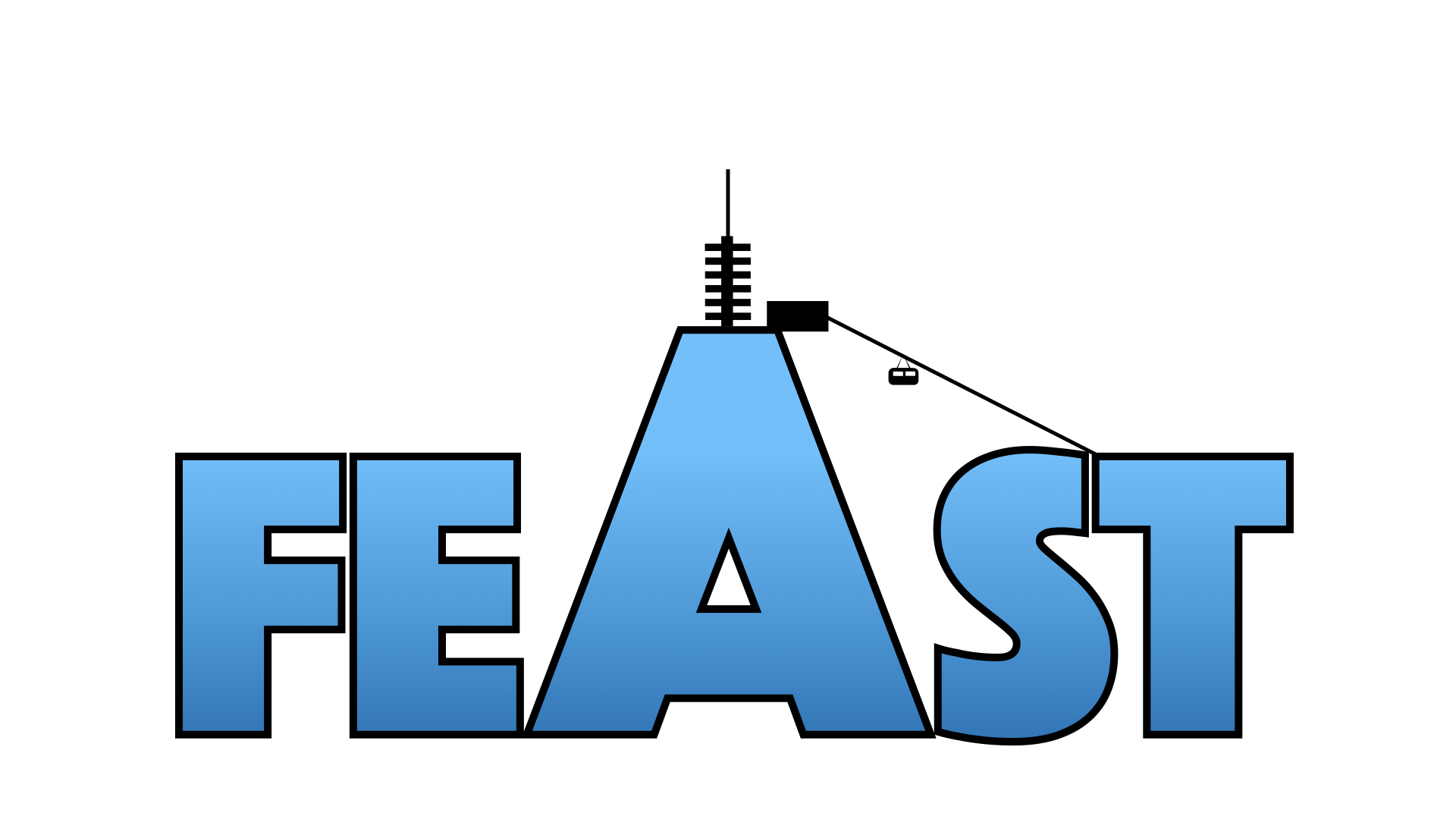The official conference languages are International Sign (IS), Norwegian Sign Language (NTS) and English. Presentations will be given in IS or English and interpretation is provided between these languages as well as to NTS*, alongside live captioning in English. Participants are expected to sign during the conference and its social events (e.g. breaks and conference dinner).
*[UPDATE 26 June, 2023: NTS interpreting canceled due to illness]
Book of abstracts (PDF)
Day 0: Monday June 26th
City Walking Tour: around 14:00 (3pm)
Pre-conference meet-up around 16:00/17:00 (4pm/5pm)
Day 1: Tuesday June 27th
Time
9:00 – 9:30 |
Event
Registration & Coffee |
|
|
|
|
| 9:30 – 9:45 |
Opening |
|
| 9:45 – 10:45 |
Keynote 1
Kate Rowley:
What factors are important for skilled reading in deaf individuals?
Research has shown the importance of sound-based phonological skills for word recognition and reading in hearing readers. Hearing readers who struggle with literacy have deficits in sound-based phonological processing which has led to a huge shift in the teaching of phonics to hearing children in the last 20 years. Teaching strategies used there are often applied to deaf children. However, a plethora of research shows that both deaf children and adults do not always utilise sound-based phonological information processing during word recognition and reading. What does this mean for reading development in deaf children? What factors predict reading success in deaf individuals? Research findings from my PhD work will be discussed, in which I explored sound-based phonological processing in deaf adults who are skilled readers. I will present preliminary findings from a UK pilot study on phonics and vocabulary intervention for deaf and hearing children between the ages of four and six (the first two years of British formal education). I will share our findings from my current research about exploring comprehension skills in British Sign Language (BSL) and printed English. Finally, I will identify some gaps in UK-based research and future directions. |
|
| 10:45 – 11:30 |
On-stage
Yuko Asada:
Shallow resultatives in sign language |
|
| 11:30 – 12:00 |
Mini-presentations
|
|
| 12:00 – 13:00 |
Lunch |
|
| 13:00 – 13:45 |
On-stage
Elena Fornasiero, Charlotte Hauser & Chiara Branchini:
The comprehension of SRCs and ORCs in LIS: an eye-tracking study |
|
| 13:45 – 14:30 |
On-stage
Julia Krebs, Ronnie B. Wilbur, Evie Malaia, Isabella Fessl, Hans-Peter Wiesinger, Hermann Schwameder & Dietmar Roehm:
Event structure reflected in muscle activation differences in Austrian Sign Language (ÖGS) verbs: First evidence from surface electromyography |
|
| 14:30 – 15:00 |
Coffee break |
|
| 15:00 – 15:30 |
Mini-presentations
|
|
| 15:30 – 16:15 |
On-stage
Anne Wienholz & Annika Herrmann:
Investigating mental rotation and screen arrangement using eye tracking |
|
| 16:15 – 17:00 |
On-stage
Brendan Costello, Anique Schüller & Marcel Giezen:
Lexical indices in sign language: familiarity and iconicity do not go hand in hand |
|
Day 2: Wednesday June 28th
| 9:00 – 10:00 |
Keynote 2
Jeremy Kuhn:
Iconicity, scope, and the grammar
Sign language communicates meaning not only through a combinatorial grammar but also through iconicity – structure-preserving mappings between form and meaning. How do iconicity and the grammar interact? The simplest possible answer is that they interact very little: both communicate meanings, but these meanings are combined intersectively at the level of discourse, like distinct propositions. I will argue that this simple hypothesis is incorrect: at least some iconic meanings are not combined via intersection, and iconic meaning must in general be integrated throughout grammatical composition. I will argue that an illuminating way to think about iconicity is in terms of semantic scope: like logical operators, iconic meanings can take scope at different levels in a logical form. Depending on where the iconic meaning takes scope, it may have different effects on the overall meaning of a sentence, sometimes seeming to disappear completely. I motivate this perspective with data from two different domains: first, iconic modifications of verbs, including pluractional verbs; second, the use of loci to organize discourse referents. |
| 10:00 – 10:30 |
Coffee break |
| 10:30 – 11:15 |
On-stage
Jessica Lettieri, Mirko Santoro & Carlo Geraci:
On Elicited Data in Sign Language Syntax |
| 11:15 – 12:00 |
Mini-presentations
|
| 12:00 – 13:00 |
Lunch |
| 13:00 – 13:45 |
On-stage
Guilherme Lourenço & Lorena Mariano Borges de Figueiredo:
Inherently reciprocal verbs in Brazilian Sign Language |
| 13:45 – 14:30 |
Mini-presentations
|
| 14:30 – 15:00 |
Coffee break |
| 15:00 – 15:45 |
On-stage
Cindy van Boven:
An experimental approach to sign language reduplication: From function to form |
| 15:45 – 16:30 |
On-stage
Raquel Veiga Busto:
The meaning of reduplication with movement in LSC |
|
|
| 18:00 – late |
Dinner
Café Opera |
Day 3: Thursday June 29th
